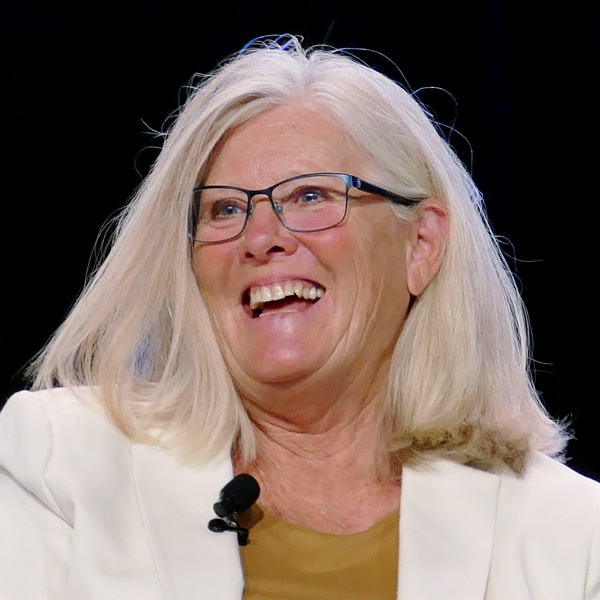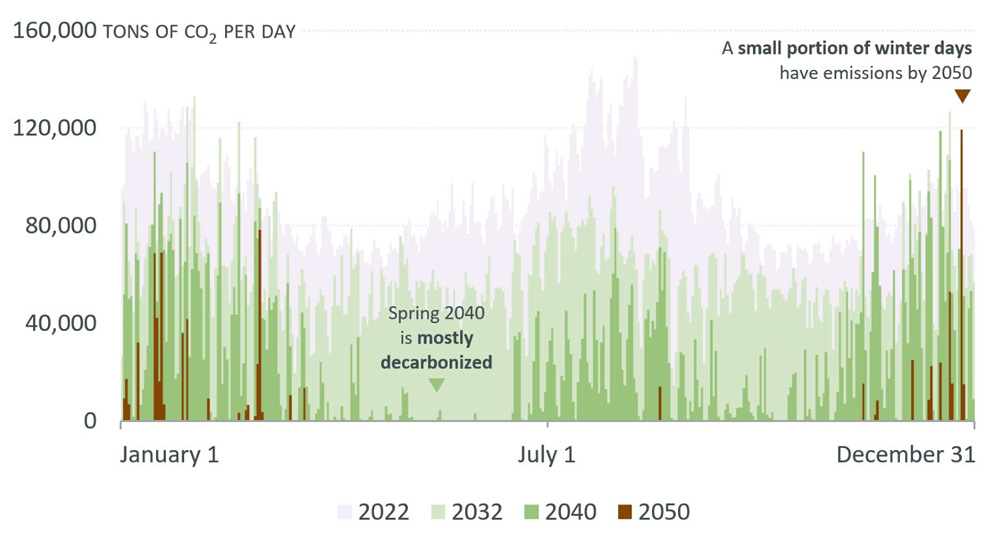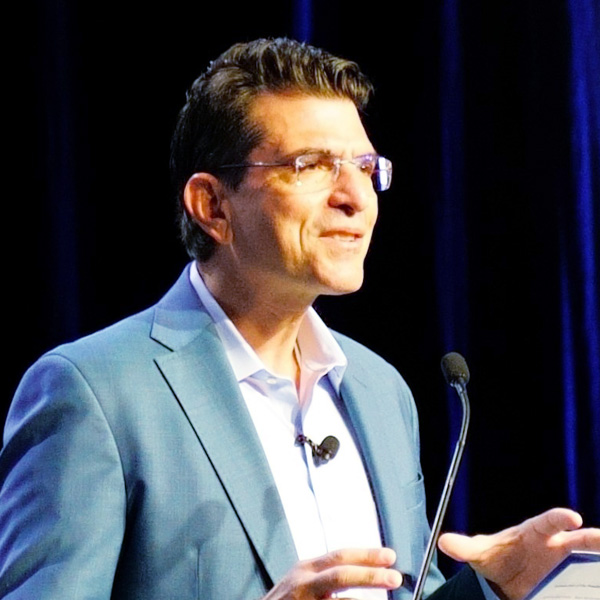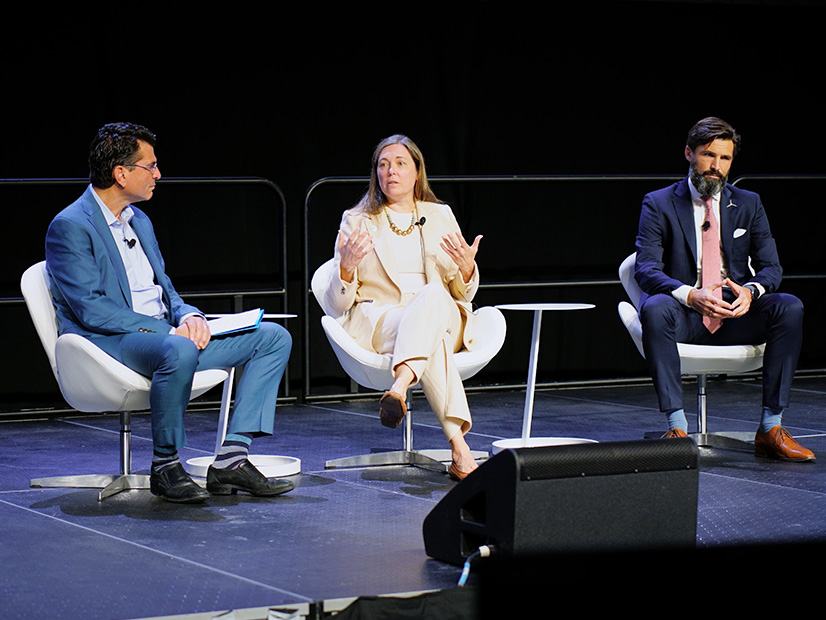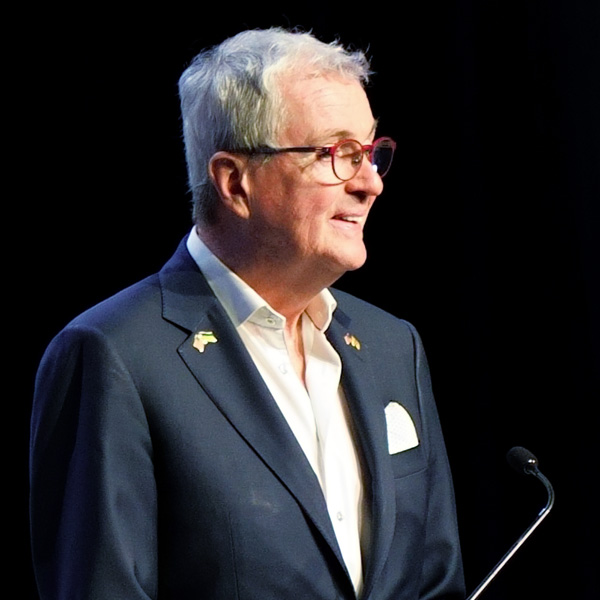SACRAMENTO, Calif. — Leaders of four large utilities reflected on the evolution of Western markets and looked toward the future at CAISO’s Stakeholder Symposium on Oct. 30, emphasizing a shift toward more collaboration as large industry players choose which day-ahead market to join.
CAISO also announced the 10-year anniversary of the Western Energy Imbalance Market (WEIM), using it as a catalyst for conversation on what’s to come.
“How should we be thinking about the evolution of the markets in the West?” Lisa Grow, president and CEO of IDACORP and Idaho Power, said while moderating a panel at the symposium. “There are a lot of topical issues that we’re all thinking about and that surround the day-ahead market formation.”
Sitting on the panel was Cindy Crane, CEO of PacifiCorp; Tracey LeBeau, CEO of the Western Area Power Administration (WAPA); Dawn Lindell, CEO of Seattle City Light; and Caroline Winn, CEO of San Diego Gas & Electric (SDG&E).
PacifiCorp committed to join CAISO’s Extended Day-Ahead Market (EDAM) in April; Seattle City Light has signaled its intent to join; and SDG&E will join by default via its membership in CAISO. WAPA announced plans in October to study the benefits of joining.
PacifiCorp and SDG&E feel confident in the transition from WEIM to EDAM, citing CAISO data showing $6 billion in benefits from the WEIM since its inception and $1.4 billion in benefits in a fully implemented EDAM.
“We’re all in about creating more savings for our customers, and as we think about the grid development in the West and all of the investments that still need to be made for climate change, the clean energy transition and electrification, our customers need the savings to help offset some of those costs,” Winn said. “I just can’t think of a better time to really pursue EDAM.”
Studies done for PacifiCorp also demonstrated substantial benefits for customers by joining EDAM, Crane said.
“We just recently updated our EDAM study, and those studies have done nothing but substantiate that this is the best move for these markets in the West,” Crane said. “We firmly believe that EDAM will be a very successful and advanced energy market, and that it’s going to be what provides the ability for the sector to achieve and overcome the challenges that we currently have.”
Some utilities indicated interest in EDAM but have not yet committed. In October, a group of Arizona cooperatives that account for 70% of WAPA’s Desert Southwest load announced a plan to study the benefits of joining EDAM. (See Arizona G&T Cooperatives Announces Pursuit of EDAM Benefits Study.) The Brattle Group is doing a study for Seattle City Light that will evaluate the benefits of joining EDAM or SPP’s Markets + that is expected to be published in December.
For those that have yet to formally commit, leaders agree that choosing a market that will bring the most value and connectivity to customers, as well as accelerating decarbonization efforts, is top of mind.
“We’re in the throes of our decision-making, and customer-benefit analysis will be key in deciding what market we go to,” Lindell said.
‘The Fewer Seams, the Better’
Market seams are bound to be an inevitable challenge, as it may be more difficult to trade power to and from balancing authority areas operating in different day-ahead markets.
The CEOs emphasized the importance of collaboration through seams agreements, especially to support each other through increasingly frequent extreme weather events.
“We’re committed, first and foremost, to making sure that we have seams agreements in place,” Crane said. “But [seams] do create a loss of efficiency in the system. And seams agreements don’t overcome the loss of efficiency.”
WAPA shares a seam with MISO, and while LeBeau said it isn’t ideal, “it’s been going pretty well.” She pointed to the relationship that has been developing between MISO and SPP as a good example of collaboration for the West to follow.
Lindell agreed that the “fewer seams, the better,” pointing again to the inefficiencies they create, as well as the rise in risk for speculative trading and overall increased costs.
“We all operate parts of, I think, the most complex machine that humans have ever built, and it requires collaboration and coordination,” Winn agreed. “There’s some competition that’s built into the markets, for sure, but having spent most of my life in this industry, it’s such an honor to be able to serve in that way and provide such a basic service that everyone relies on.”
